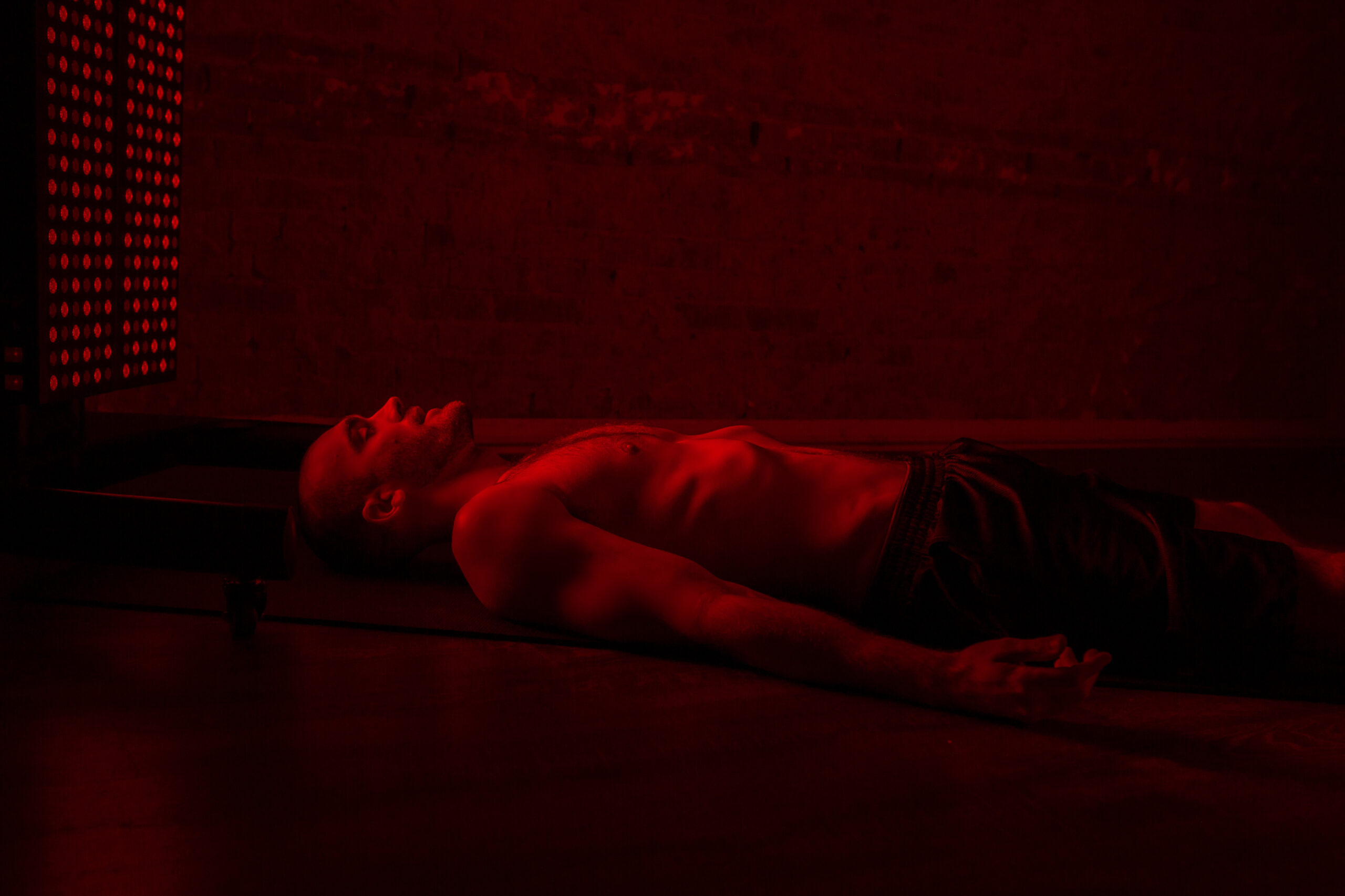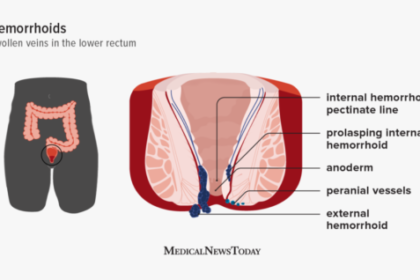Sleep is essential for our physical and mental well-being, yet many people struggle to get the recommended amount of restful sleep each night. If you have trouble sleeping, there is a good chance you’ve heard of, or maybe even tried Melatonin Supplements. But have you heard of a Melatonin Imbalance?
Interesting, I find many people that don’t even know what Melatonin is or where it comes from. For the record – Melatonin is a crucial hormone that is produced naturally by the pineal gland in the brain. It plays an important role in the body’s circadian rhythm, which is the internal 24-hour “clock” that helps regulate when you feel awake and when you feel sleepy. Melatonin production is stimulated by darkness and suppressed by light, which is why it is often called the “sleep hormone”.
If you develop an imbalance in its production, it can have a significant impact on our overall health and wellbeing. Research has shown that an imbalance in melatonin production can lead to a range of other health problems, including depression, anxiety, and even cancer. In this article, we will explore what causes melatonin imbalances, the symptoms of melatonin deficiency or excess, and how they can be managed.
In this article, we will explore what causes melatonin imbalances, the symptoms of melatonin imbalance, and how to restore balance to this important hormone to improve sleep and overall health.
What Causes A Melatonin Imbalance?
There can be one, or many factors as to what causes melatonin imbalance. The big culprit that we cannot do much about is simply aging. As we age, our bodies naturally produce less melatonin, leading to imbalances.
Exposure to bright light at night, such as from electronic devices or streetlights, can disrupt melatonin production and lead to imbalances. Also, disrupting the body’s natural sleep-wake cycle can cause imbalances in melatonin production. This is particularly true for people who work night shifts or frequently travel across time zones.
Some medications, such as beta-blockers, can interfere with melatonin production and lead to imbalances. And even certain medical conditions, such as sleep disorders or mood disorders, can affect melatonin production and lead to imbalances.
Poor diet, lack of exercise, and high levels of stress can all affect melatonin production and lead to imbalances as well. As you can see, it’s probably more common than one would think so struggle with melatonin imbalance.
It’s important to note that while melatonin imbalances can cause sleep problems, they can also be a symptom of underlying health issues. If you are experiencing persistent sleep problems or other symptoms related to melatonin imbalances, it’s important to consult with a healthcare provider. Ask them about the benefits of Red Light Therapy
Symptoms of Melatonin Imbalance
Symptoms can vary depending on the individual and the severity of the imbalance. Some common symptoms of melatonin imbalance include:
Difficulty falling asleep, insomnia, fatigue, mood changes, poor concentration and memory, and headaches.
Melatonin helps to promote sleepiness and prepare the body for rest. When there is an imbalance in melatonin levels, it can make it difficult to fall asleep. If you believe you are struggling with a melatonin imbalance, there is a much better way to help correct and restore it rather than taking any medication or supplement.
Insufficient Light Exposure
In modern times, we are exposed to significantly less red and near-infrared light than in previous periods of human history. This is due to several reasons:
Our modern lifestyles, with more time spent indoors and less exposure to sunlight, have led to a reduction in natural light exposure. Also, time spent indoors has increased significantly, energy-efficient windows developed in recent decades have further limited exposure to natural light. Many energy-efficient windows filter out near-infrared light.
Electronic devices such as smartphones and laptops emit a high amount of blue light. While this does not decrease exposure to red light, it can interfere with the production of melatonin and disrupt the sleep-wake cycle.
Throughout most of human history, people spent a significant amount of time around fires, which emit red and near-infrared light. Modern lighting does not provide the same wavelength of light.
This reduced exposure to red and near-infrared light has led to a need for supplementation provided by red light therapy. Red light therapy devices have become increasingly popular in recent years as a safe and non-invasive way to improve cellular function and promote healing.
The Best Solution On The Market To Help Correct Melatonin Imbalance
Several studies have investigated the effects of red and near-infrared light on melatonin production, and the results are promising. One study found that red light exposure increased melatonin levels in the bloodstream and led to a corresponding improvement in sleep. Another study showed that near-infrared light resulted in increased levels of melatonin at the cellular level, potentially augmenting the benefits of this type of treatment.
Benefits of Red and Near-Infrared Light Therapy on Sleep
Red and near-infrared light therapy can offer numerous benefits for improving sleep quality and regulating the sleep-wake cycle. One of the most significant benefits is the improvement of sleep duration and quality. Studies have shown that red and near-infrared light therapy can increase total sleep time, reduce the amount of time it takes to fall asleep, and improve sleep efficiency.
Red and near-infrared light therapy may also help people with some types of sleep disorders, such as insomnia, in ways that are not specifically restricted to melatonin. Research shows that red light therapy can help to improve anxiety, for example. This can help you fall asleep faster and stay asleep longer, even without considering the beneficial effects it has on melatonin.
Compared to other treatments for sleep disorders, such as medications and cognitive behavioral therapy, red and near-infrared light therapy is non-invasive and does not have the same side effects or the frequency of side effects that some of the other treatments have. Additionally, it may be more effective for some individuals who do not respond well to other treatments.
Using Red Light Therapy to Improve Melatonin Production
Red and near-infrared light therapy can be a powerful tool for improving sleep quality and melatonin production. Most people who use red light therapy specifically to increase melatonin production are using it to improve their sleep. Red light therapy has been shown to improve sleep and restfulness by improving melatonin production and providing additional sleep-related benefits.
There are far too many people out there who struggle constantly to get a good nights rest. If you are one of them then I highly recommend that you take a closer look at my Mito Red Light and their incredibly powerful and effective Red Light Therapy devices to use right in your own home.
Mito Red Light provides a variety of red light therapy products that are specifically designed to provide the specific wavelengths of light that are thought to promote the benefits for a healthy melatonin production.
These products are made with high quality materials that you can feel as soon as you take it out of the package. They are also made in the USA and have 3rd party testing done that put them at the top teir of light therapy products.
The best part is that they stand behind their products 100% and they care about your results.
If you decide to invest in one of their devices then you have a 60 Day Trial so if it doesn’t work for you then you can send the device back for a full refund. I’m confident that you will love your product. I absolutely love my Mito Mobile Flex!
It’s compact enough to travel with, hand-held so I can direct the light to any part of my body I want, and has 3 different light settings! I can use all NIH, all Red Light, or my personal favorite, which is the 50/50 split. It even comes with it’s own 10 minute timer so you don’t have to worry about going over/under the recommended usage periods.
If your interested in trying out a Mito Red Light Therapy Device, CLICK HERE to learn more about everything they have to offer!
If you are interested in trying an all natural supplement that has 18 ingredients straight from Mother Nature to help balance melatonin and promote a great nights sleep, check out RADIATE IMMUNITY.
Radiate Immunity Benefits Sleep Quality by:
-
- Regulating certain hormones, such as cortisol, which is known to be a stress hormone.
- It contains compounds called triethylene glycol and withaferin A, which have been shown to have naturally sedative effects.
- Regulate the body’s circadian rhythm, which is the internal biological clock that regulates sleep-wake cycles.
Click Here to try
RADIATE IMMUNITY,
and use the Discount Code JH10
for 10% Off!!
This article contains affiliate links that will pay me a commission if a purchase is made through the link. I stand behind the Mito Red Light Products, and believe you will absolutely love your device just as much as I love mine.
Thank you for your support. – Jade Hamilton









